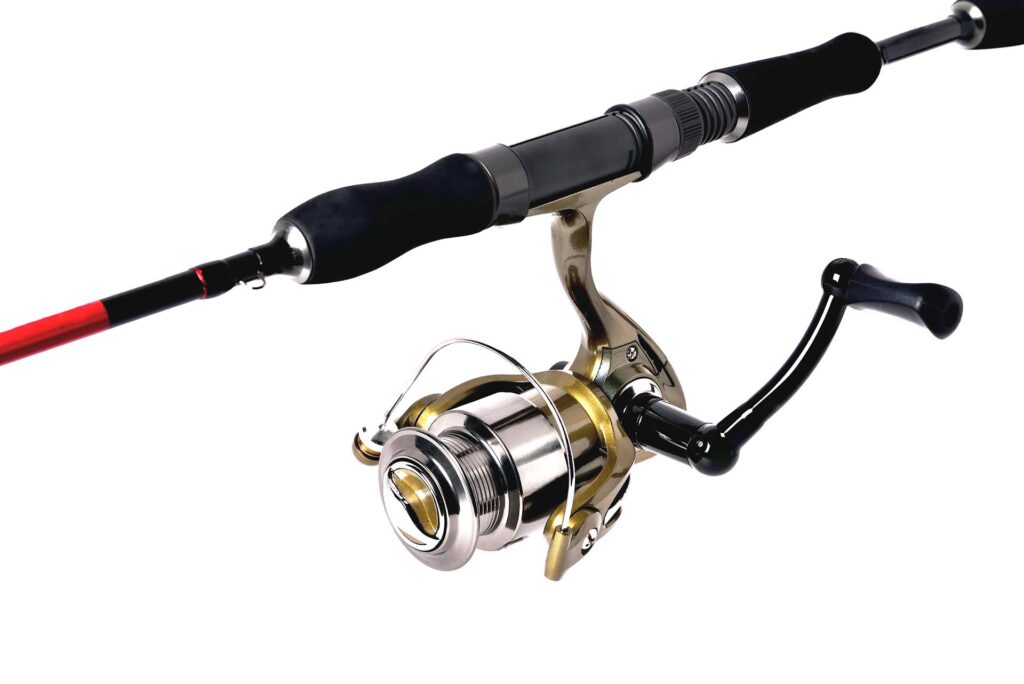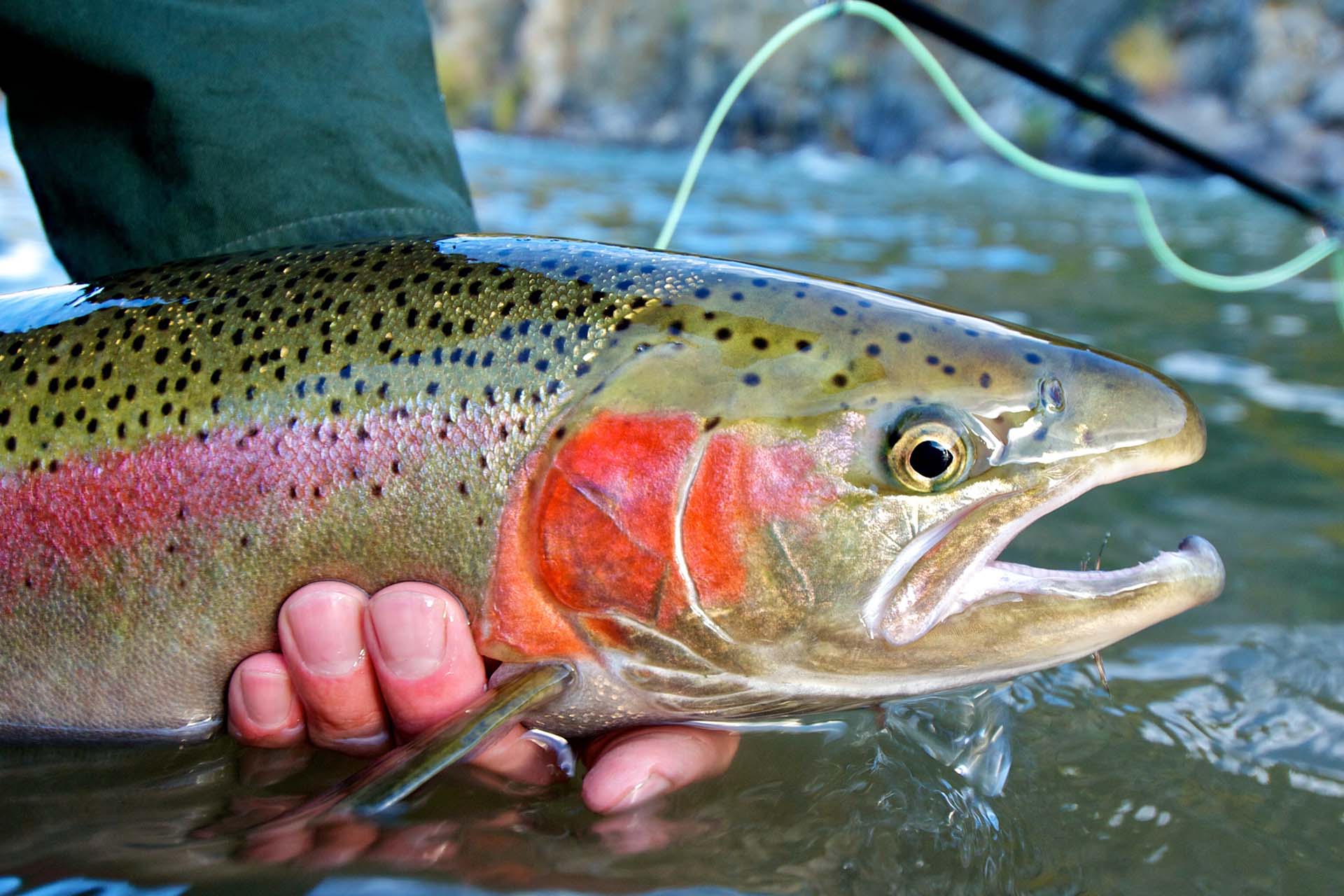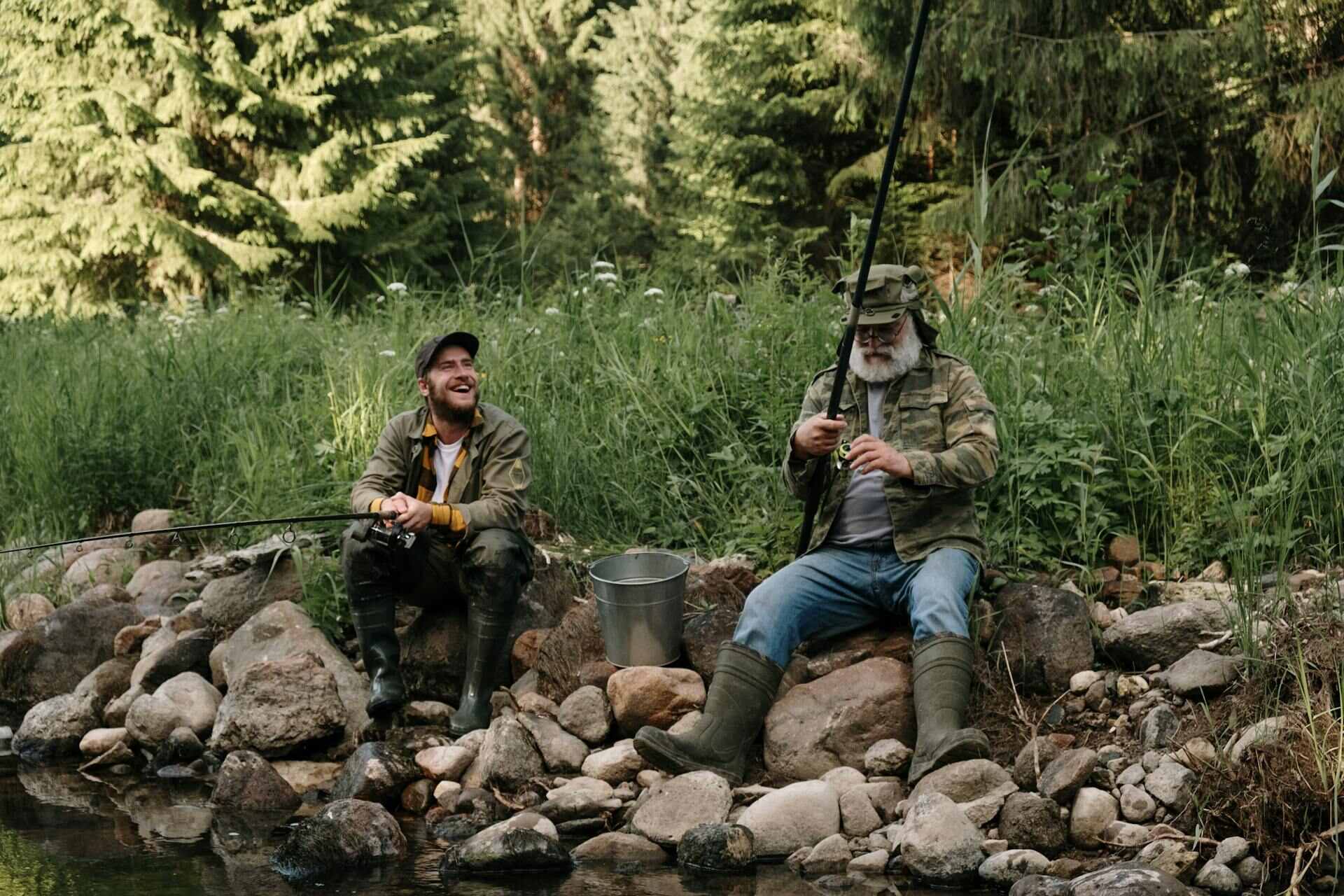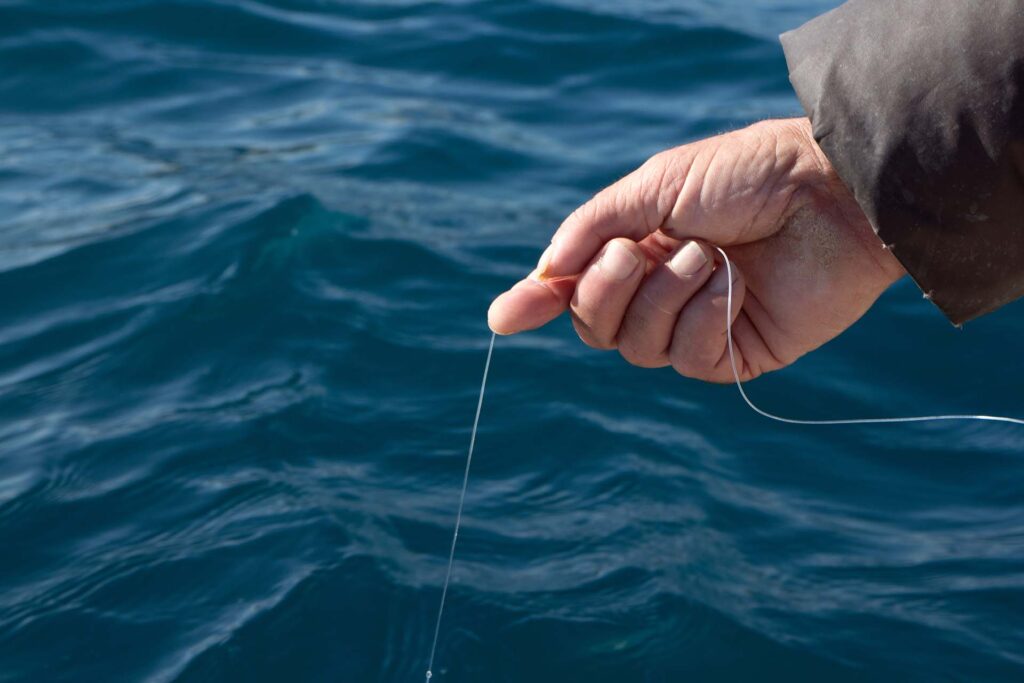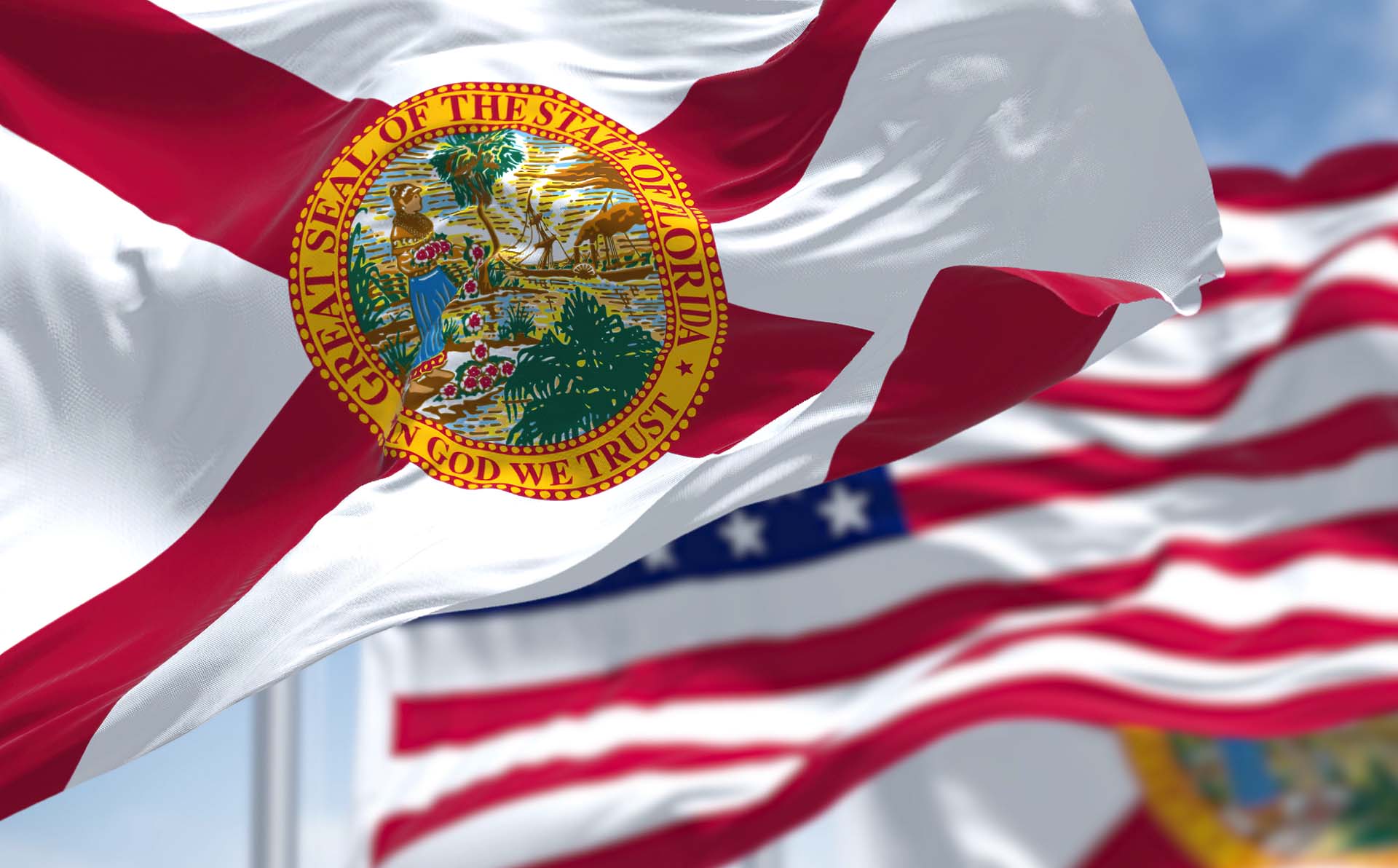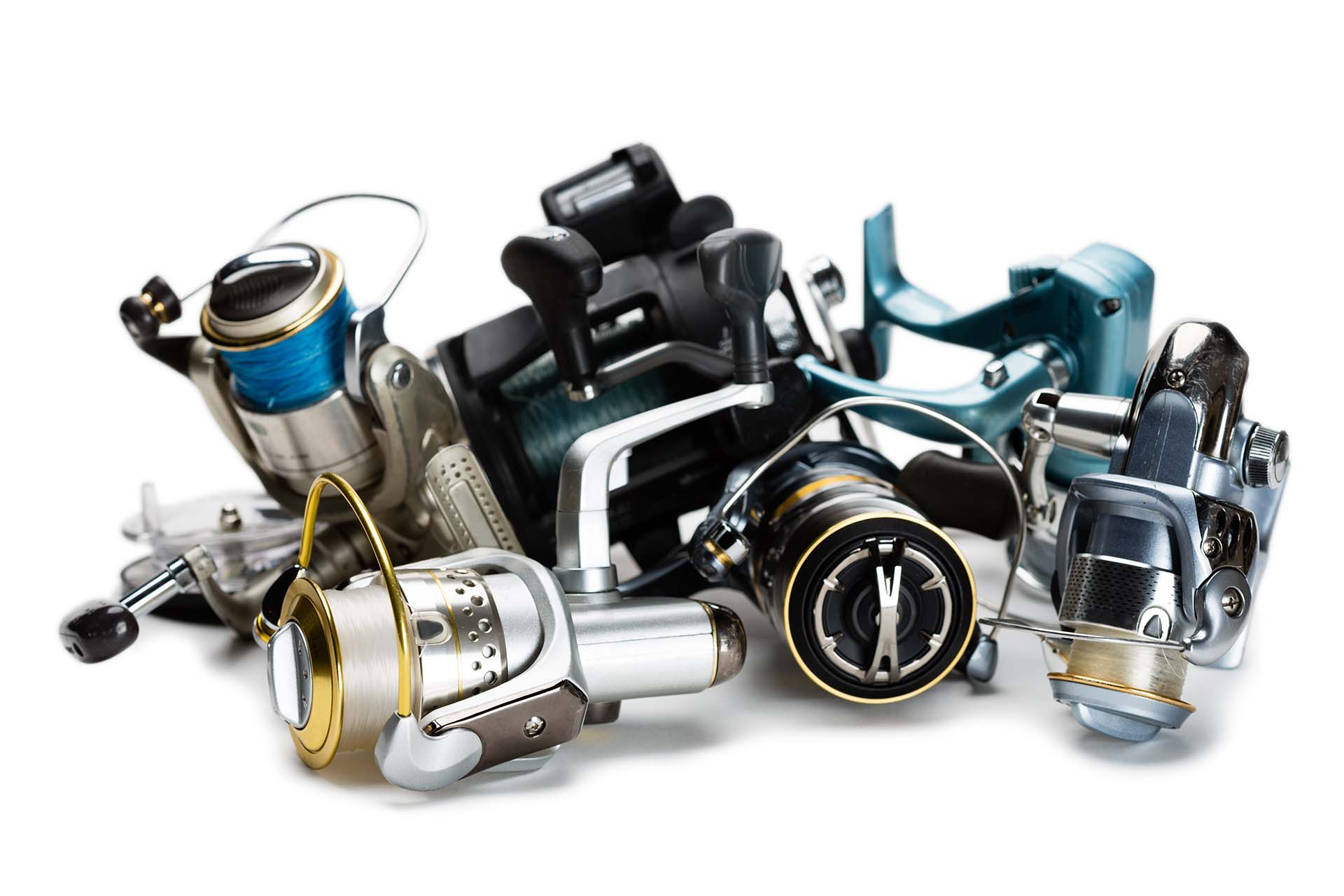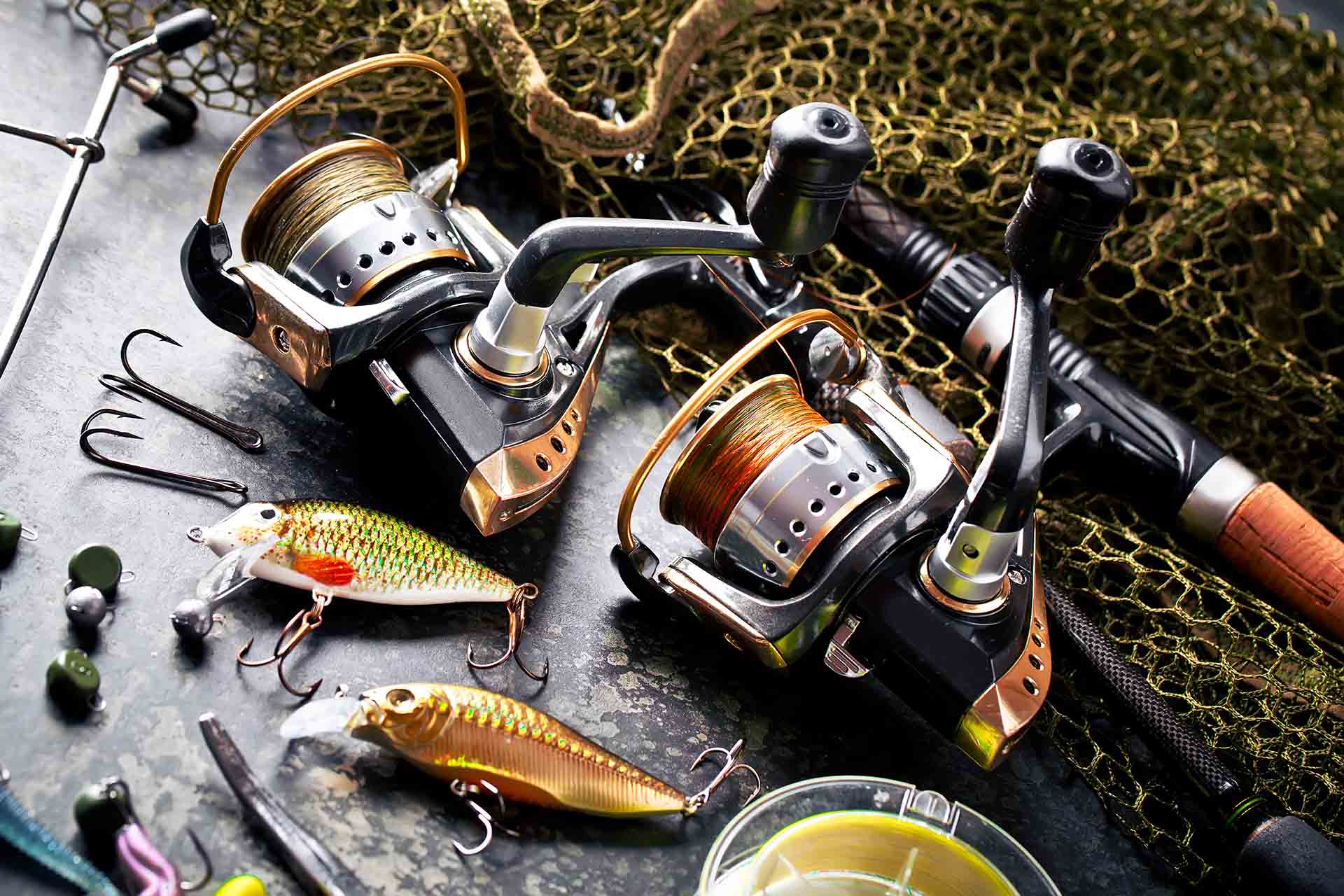Creating the perfect inshore fishing setup is essential for any angler looking to maximize their success on the water. Inshore angling, which targets species like snook, redfish, and trout in shallow waters, is a very popular activity among fishermen all over the world. With the right gear and knowledge, you can increase your chances of landing that big catch – here’s how.
Understanding Inshore Fishing – An Exciting Way to Cast Your Line
Inshore fishing typically takes place in shallow waters close to shore, targeting species like snook, redfish, trout, and the elusive flounder. This technique typically takes place in much shallower and calmer waters compared to offshore angling.
Shallow waters allow anglers to use smaller, more agile boats that can navigate such areas. Additionally, this angling type often requires lighter tackle, making it more accessible for various skill levels. It’s one of the first things every beginner angler learns!
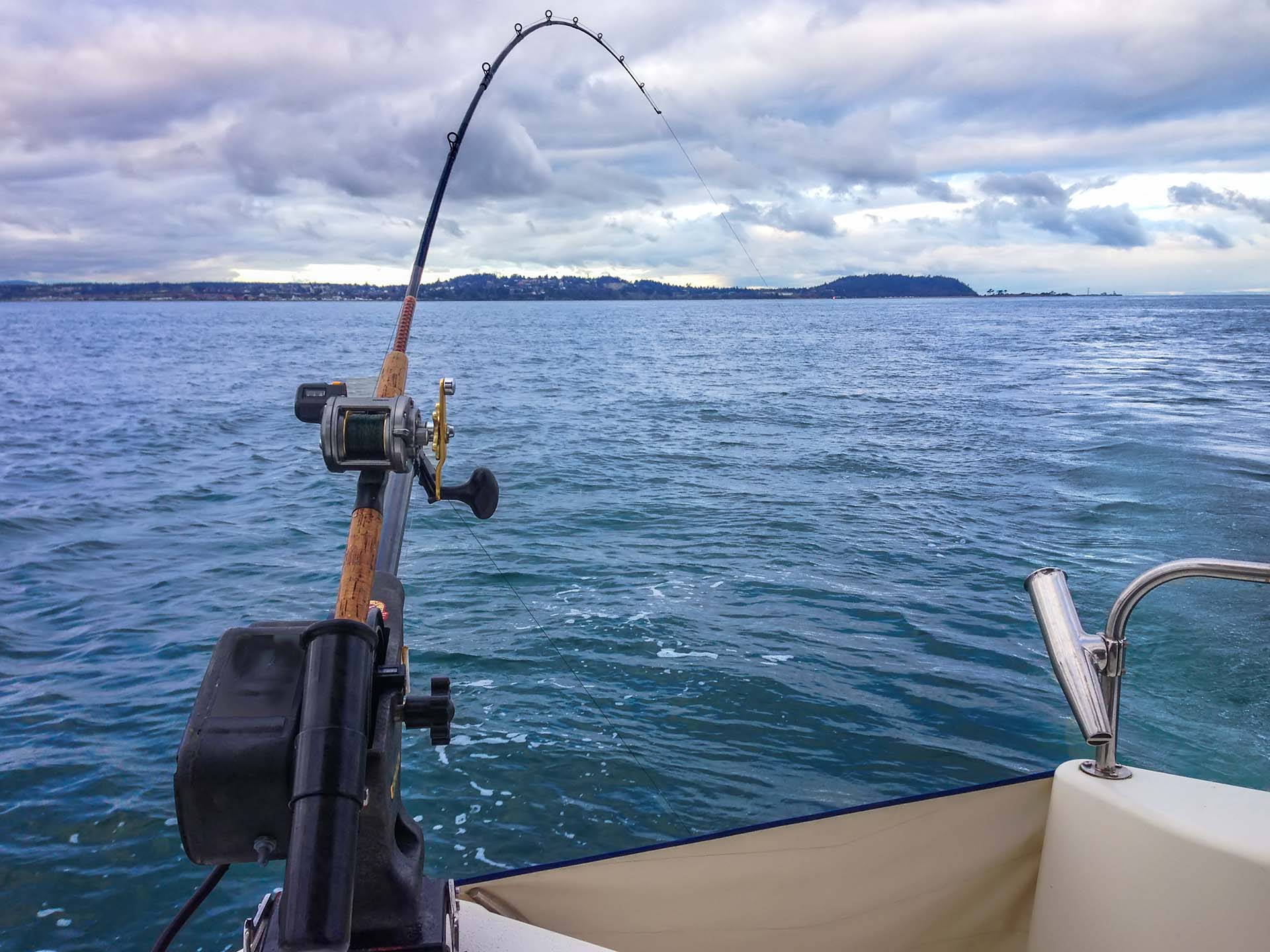
Key Components of an Inshore Fishing Setup
According to Statista, in 2023, approximately 15 million Americans participated in saltwater fishing, marking a 5% increase from the previous year. So, if you want to become a fisherman, here’s all the equipment you need for this exciting angling style.
You Need a Lightweight Rod That Can Still Handle Larger Catches
Having the right inshore fishing rod setup is the first thing you need to settle. Why? It serves as the primary tool for casting, retrieving, and fighting fish. Choosing the right rod involves considering factors such as length, action, and material, which can all influence your performance on the water.
A well-selected tool enhances sensitivity, allowing you to detect even the slightest bites, while also providing the strength needed to handle larger species. A medium-action rod between 6 and 7 feet is ideal for most scenarios. Just make sure it’s made from graphite, as these poles are more lightweight and sensitive than fiberglass ones.
Match the Rod With a High-Quality Spinning Reel
Your fishing reel is just as crucial as the rod, acting as the mechanism that retrieves the line and controls your catch. The right inshore saltwater fishing setup can make a significant difference in your overall experience.
When selecting a reel, keep an eye on its size, drag system, and resistance to saltwater corrosion. A quality reel not only improves your casting distance but also ensures smooth operation when battling fish. Here are what features to look for:
- Size – a 2500 to 4000 series spinning reel is suitable for most species,
- Drag system – look for a smooth drag system that can handle 10–20 lbs of drag,
- Saltwater resistance – ensure your reel is designed for saltwater use to prevent corrosion.
The Fishing Line Should Be Sensitive but Also Suitable for Saltwater Conditions
The inshore fishing line setup is your direct connection to the fish. This component plays a key role in your setup’s effectiveness. A suitable line can enhance sensitivity while providing the strength necessary to land your catch.
When choosing your main and leader line, consider factors such as visibility, abrasion resistance, and overall strength. This being said, it’s best to use a 10-20 lb braided line for strength and sensitivity. Also, a 15-30 lb leader line is recommended for stealth and abrasion resistance.
Variety Is Key When It Comes to Hooks and Lures
Hooks and lures are essential for securing a successful catch. The type of hook you choose can affect your hook-up ratio. Lures, on the other side, play a crucial role in attracting fish to the bait, which is obviously important for actually landing some catches.
Selecting the right combination is important since it can lead to more bites and ultimately more fish landed. A good idea is to use circle hooks or J-hooks in sizes 1-3 for live bait. When it comes to lures, choose soft plastics, topwater lures, and jigs. They’re effective for any aquatic creature you stumble upon in the shallows.
Don’t Forget About the Additional Gear
While rods, reels, lines, hooks, and lures are fundamental components of your setup, additional gear is equally important for a successful outing. Items like tackle boxes for organization, pliers for hook removal, and nets for safely landing fish enhance your overall efficiency and enjoyment while casting.
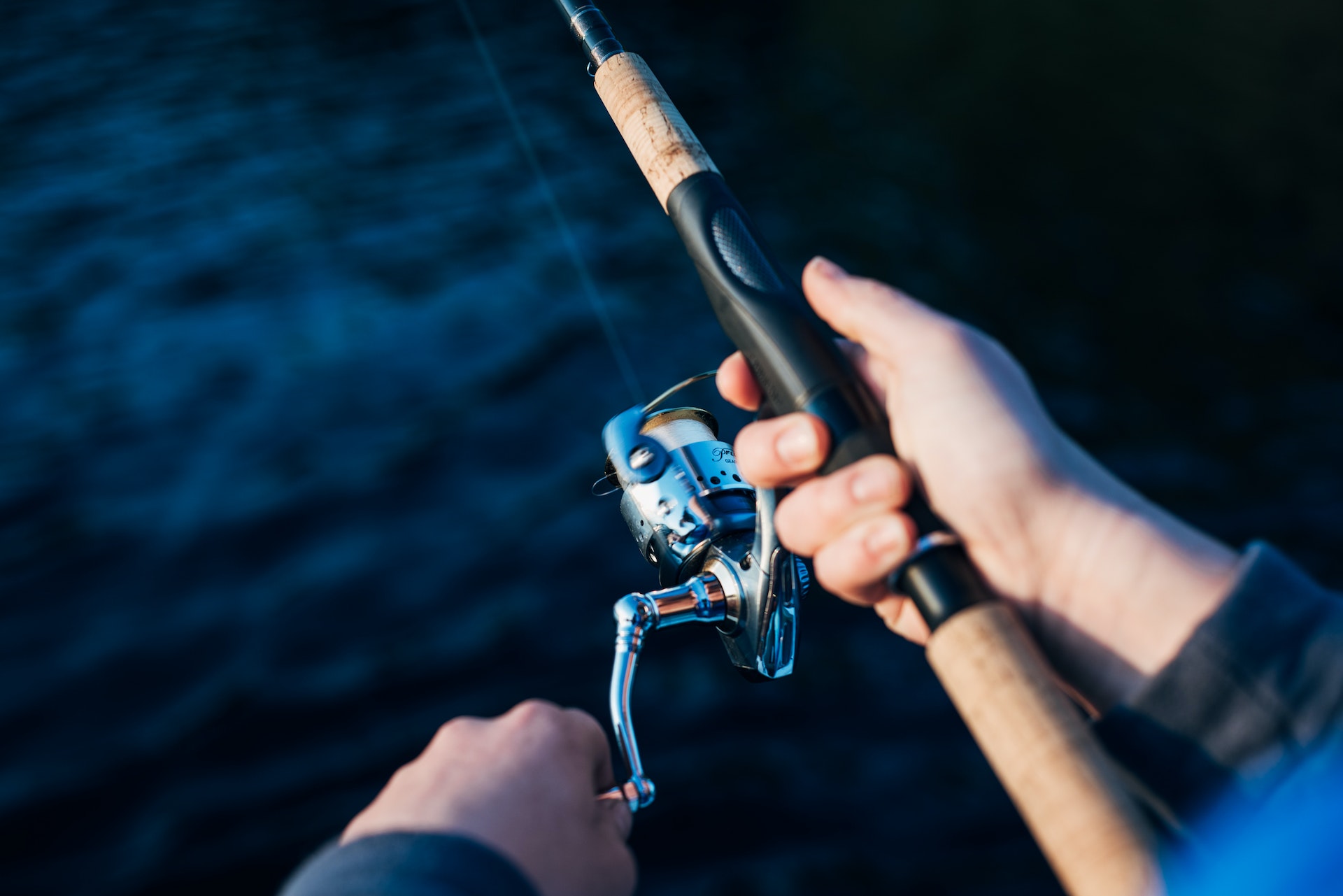
Setting Up Your Inshore Fishing Rig
Once you have all your gear ready, it’s time to set up your rig. Proper rigging is crucial for successful inshore angling, as it can significantly affect your ability to catch fish. Here’s a step-by-step guide to help you set up the inshore fishing rig effectively:
Attach the Reel
Start by securely attaching your spinning reel to the rod. Make sure the reel seat is tightened properly to prevent any movement during casting or fighting a fish. A well-mounted reel ensures better control and enhances the overall experience.
Thread the Line
Next, thread your mainline through the guides of the rod. This process is essential for ensuring the line flows smoothly during casting. For most inshore setups, using a braided line between 10-20 lbs is recommended for its strength and sensitivity. Research shows that anglers using braided lines report higher catch rates due to their ability to detect even the slightest bites.
Tie on the Leader
Using a double uni knot, connect your braided line to a fluorocarbon leader line. The leader should be about 15-30 lbs, depending on the species you are targeting. Fluorocarbon is preferred for its low visibility underwater and abrasion resistance, which is crucial when casting the line around structures like rocks or vegetation.
Attach Your Hook
Now it’s time to tie on your hook using a clinch knot or improved clinch knot for added security. The size of the hook will depend on the bait and target species. As we’ve already discussed, circle hooks or J-hooks in sizes 1-3 work well for inshore angling.
Add Bait or Lure
Choose your bait or lure based on what species you are targeting. For live bait, threading it onto the hook properly is essential for effective presentation. If you’re using lures, make sure they are securely attached and ready for action. Popular choices include soft plastics and topwater lures that mimic local prey.
Check Your Setup
Before heading out, double-check all connections and ensure everything is secure. A loose connection can lead to lost fish or gear, which can be frustrating during an angling trip. That’s the last thing you want when all you’re trying to do is have a good time!
Cast and Retrieve
With everything set up, it’s time to cast your line into the water! Pay attention to your surroundings and adjust your retrieval technique based on current conditions and fish behavior. Studies indicate that varying your retrieval speed can increase bite rates, as different species respond differently to movement.
What About the Inshore Kayak Fishing Setup?
Kayak fishing opens up new opportunities for accessing shallow waters where larger boats cannot go, providing a unique and intimate way to engage with your surroundings. With the right setup, you can navigate through mangroves, estuaries, and coastal areas that are often teeming with fish.
In fact, it’s an accessible and eco-friendly approach to fishing. Of course, your setup starts with selecting the kayak – it’s the first step in ensuring a successful experience on the water. Look for a stable kayak that offers enough storage space for your gear and equipment. Sit-on-top kayaks are popular among anglers due to their stability and ease of entry and exit. However, you should always make the final decision based on your personal preference.
Invest in Rod Holders for the Ultimate Convenience
Installing rod holders is essential for easy access while paddling or when you have a fish on the line. Consider adding multiple fishing rod holders in strategic locations on your kayak to keep your rods secure and within reach.
With the right setup, you will be able to focus on angling without worrying about where to place your gear. Many anglers find that having at least two rod holders enhances their efficiency, especially when using different techniques or bait types.
Get an Anchor to Keep Your Kayak Steady While You’re Casting
An anchor trolley system is invaluable for keeping your kayak stationary while you fish. This system allows you to adjust the position of your anchor based on wind and current conditions, enabling you to maintain the best angle for casting. Anchoring the boat allows you to stay in productive areas longer without drifting away.
Don’t Go Anywhere Without Proper Safety Gear!
Safety should always be a priority when kayaking. Always wear a personal flotation device (PFD) and ensure you have essential safety equipment on board, such as a whistle, first aid kit, and signaling devices. The US Coast Guard reports that wearing a life jacket can reduce the risk of drowning by 80%, emphasizing its importance in any water activity.
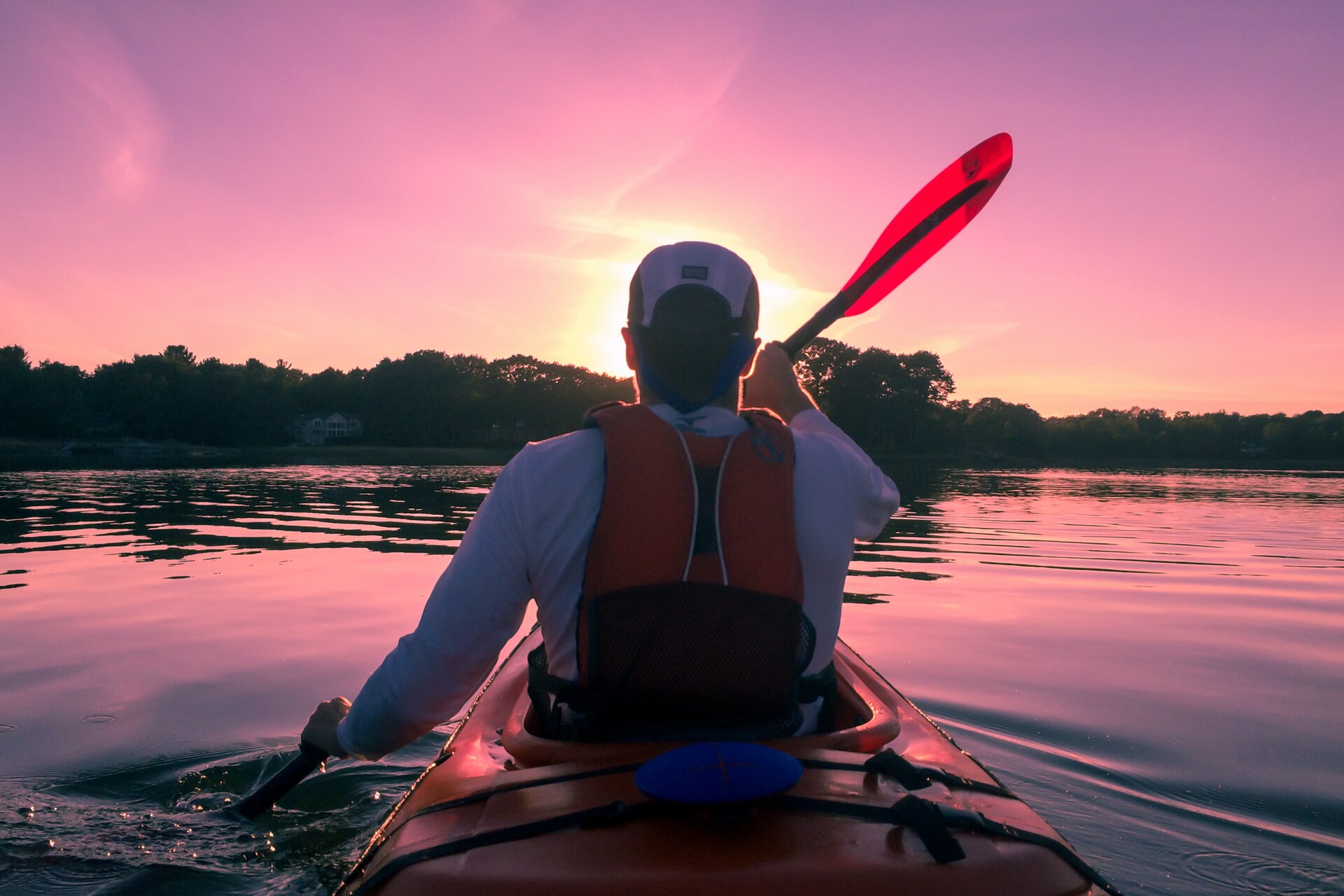
Wrapping Up Your Perfect Inshore Fishing Setup
Putting together the best inshore fishing setup is all about finding that sweet spot between the right gear and understanding the waters you’re casting the line in. With the right rod, reel, line, and bait, you’ll be ready to reel in your catch.
Aside from having the right gear, knowing the angling spot and adjusting to its conditions is key. After all, it’s not just about the equipment – it’s about the experience. So, with a little prep and some practice, you’ll be well on your way to making the most of your inshore adventures. Tight lines and happy fishing!

